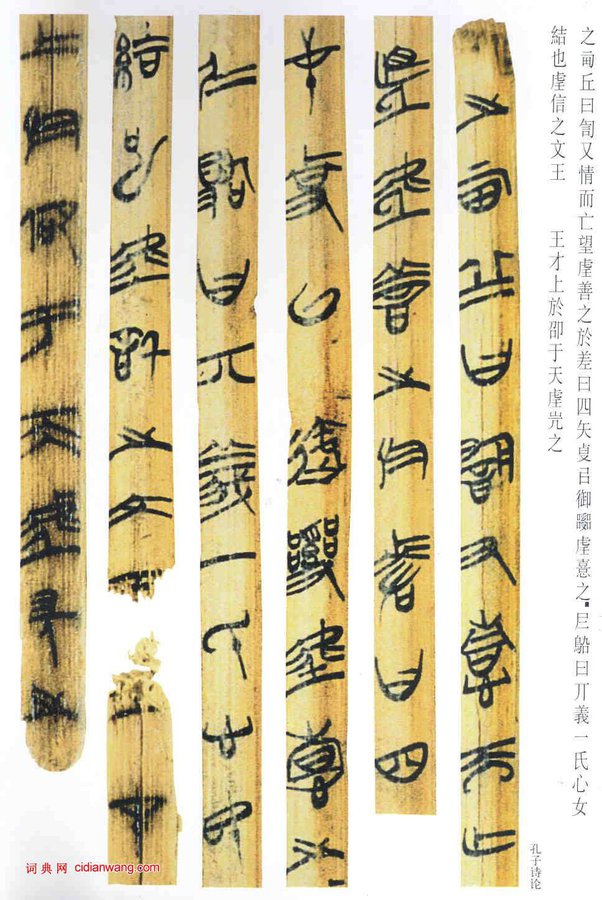Archaeology clearly confirms that the Zhou dynasty (and the earlier Shang dynasty) used primitive Chinese characters, and this is all extensively recorded in writing.

Turkic writing, on the other hand, did not appear sporadically until almost a thousand years later.
The Zhou dynasty (1046-256 BC) was the third Chinese slave dynasty in Chinese history, after the Shang dynasty. The Zhou dynasty consisted of 32 generations of 37 kings and lasted a total of 790 years.
The Zhou dynasty is divided into two periods: the Western Zhou (1046-771 BC) and the Eastern Zhou (770-256 BC). The Zhou dynasty was founded by King Wu of the Zhou Dynasty, Ji Fa, who set up the capital at Haojing (now Xi’an, Shaanxi) and built Luoyi (now Luoyang, Henan) to hold a series of rituals and reward his subjects. [1] Later, King Mu of Zhou built his palace at Nanzheng, and later King Yi of Zhou moved his capital to Inuqiu (now Xianyang, Shaanxi). In 771 BC, the capital of Zhou fell and the Western Zhou fell; in 770 BC (the first year of King Ping of Zhou), King Ping moved east and set his capital at Cheng Zhou (present-day Luoyang, Henan), after which the period of the Zhou dynasty was called the Eastern Zhou. History books also refer to the Western Zhou and Eastern Zhou together as the Two zhou. The Eastern Zhou was divided into two periods, the Spring and Autumn Period and the Warring States Period, with the ‘division of the three families into Jin’ as the nodal point.
At the time of the establishment of the Zhou dynasty, and even at the time of its demise, there was no Turkic presence. It was not until 800 years later that records of Turkic peoples appeared in history books. The earliest historical texts that record the Turkic peoples suspect them to be the descendants of the Xiongnu.
The Zhou dynasty was a time when Chinese culture exploded and a great number of writings appeared. These writings were written on bamboo and wooden strips.

